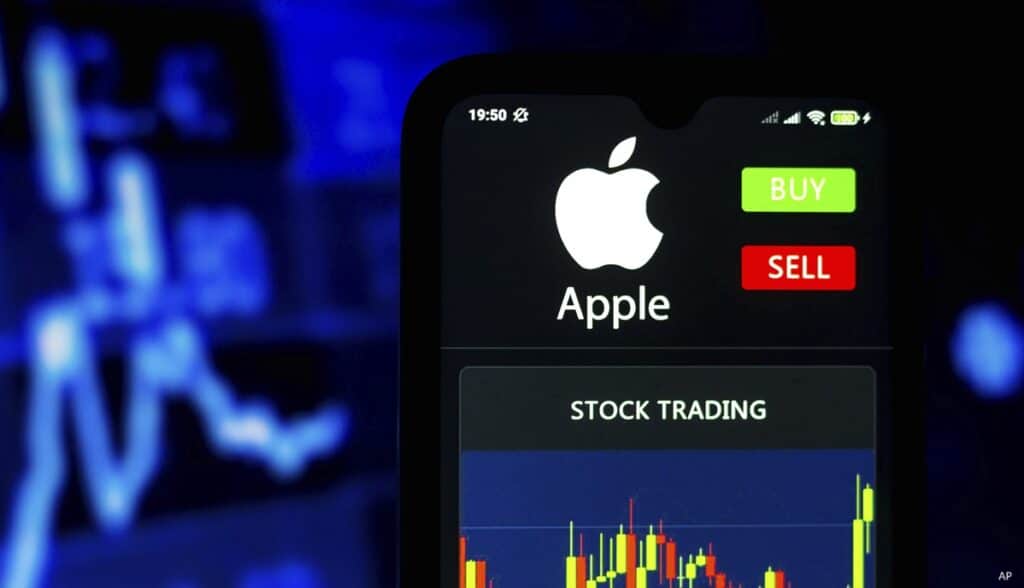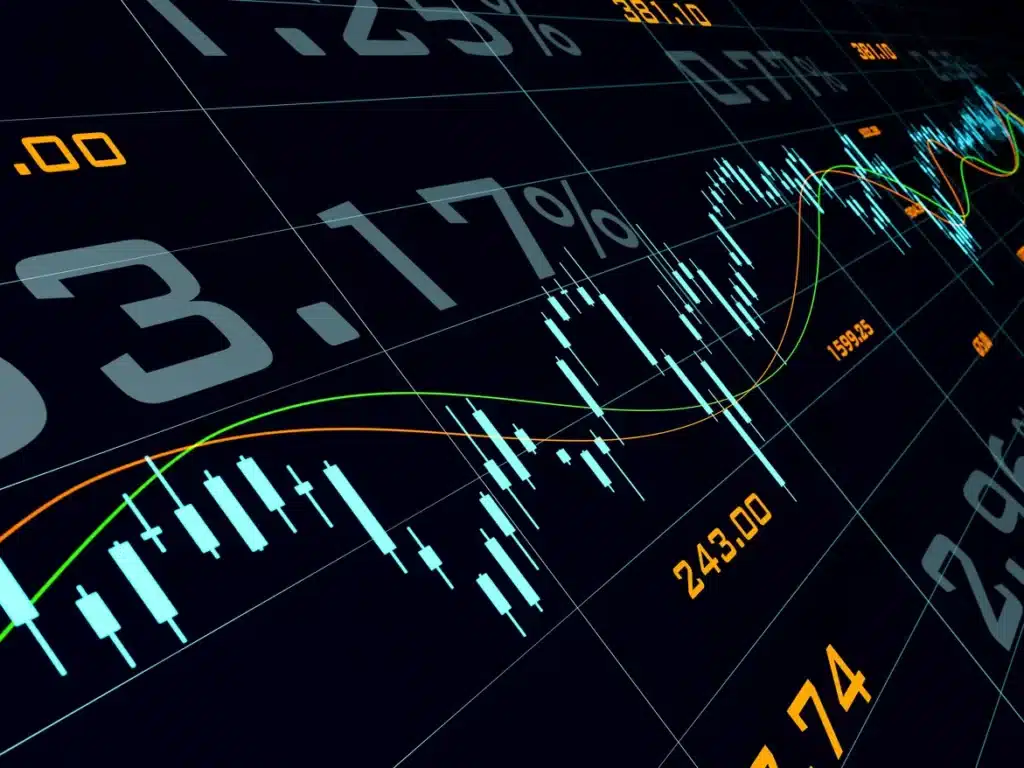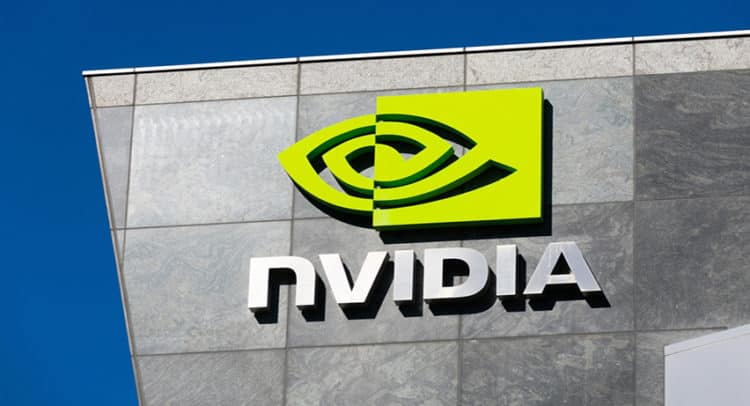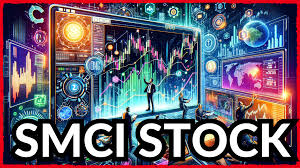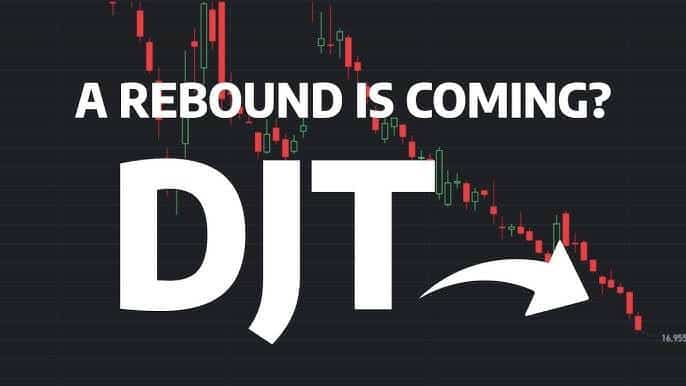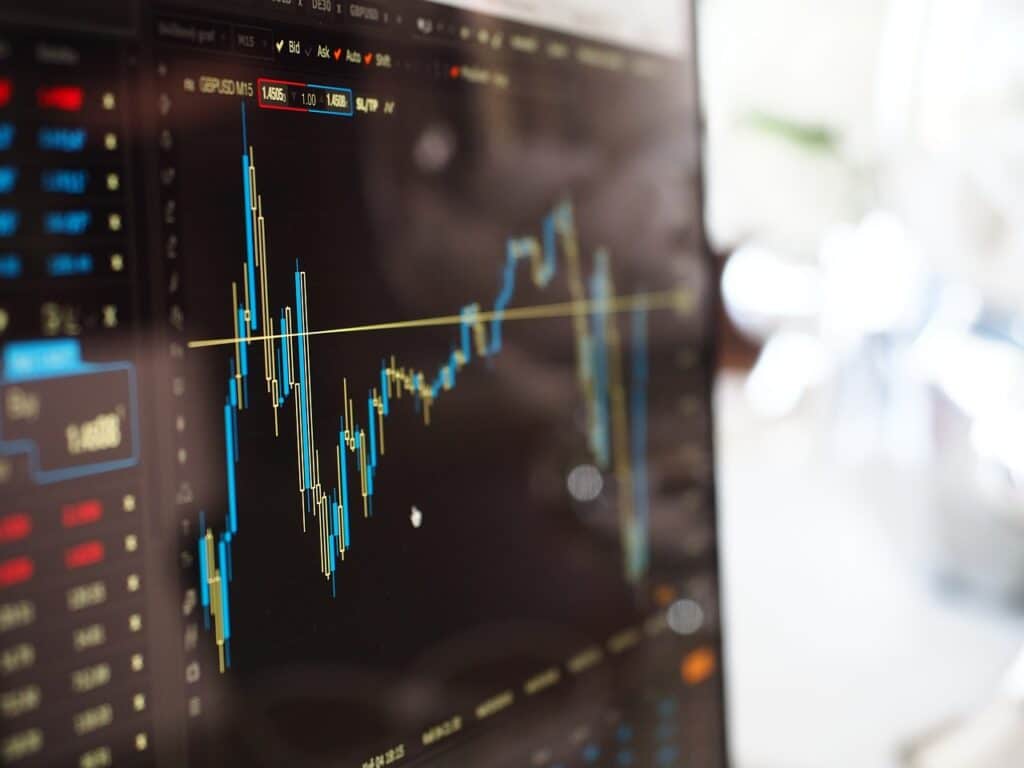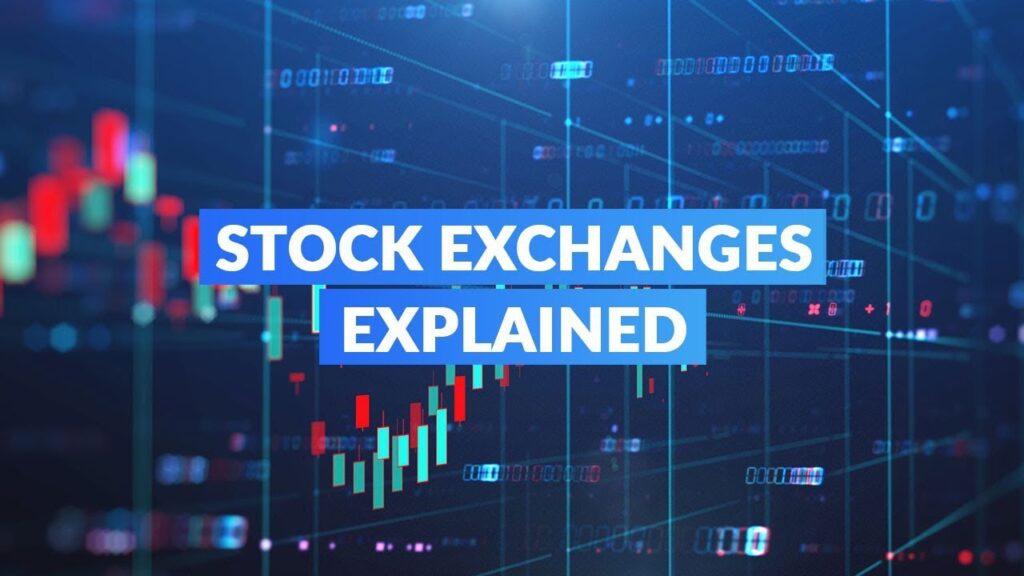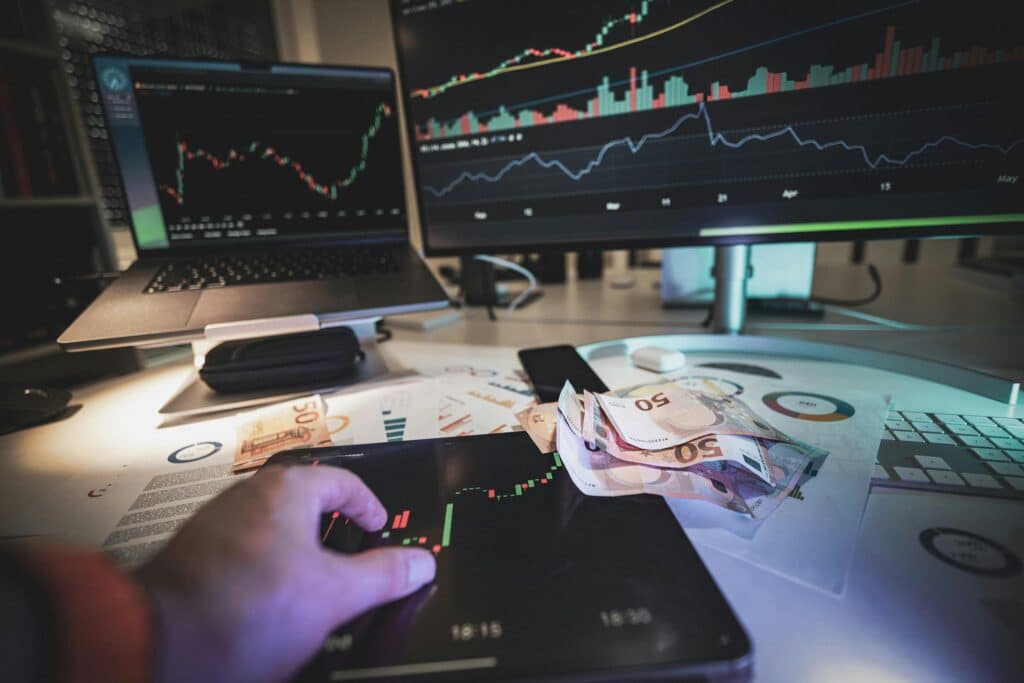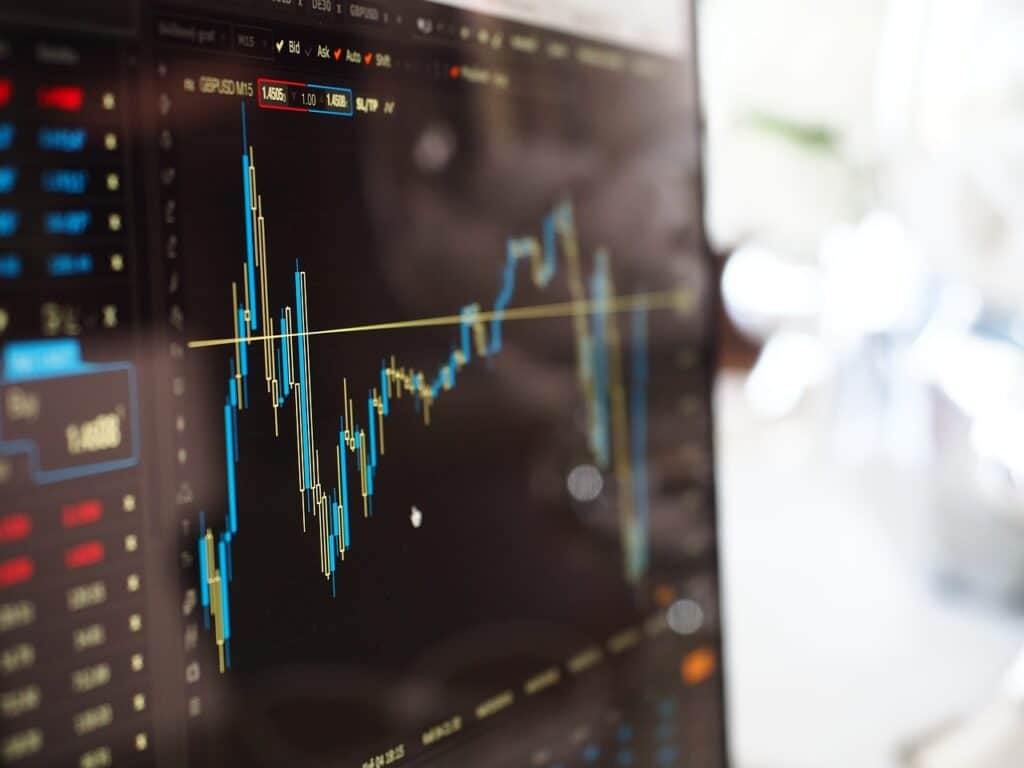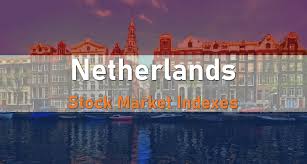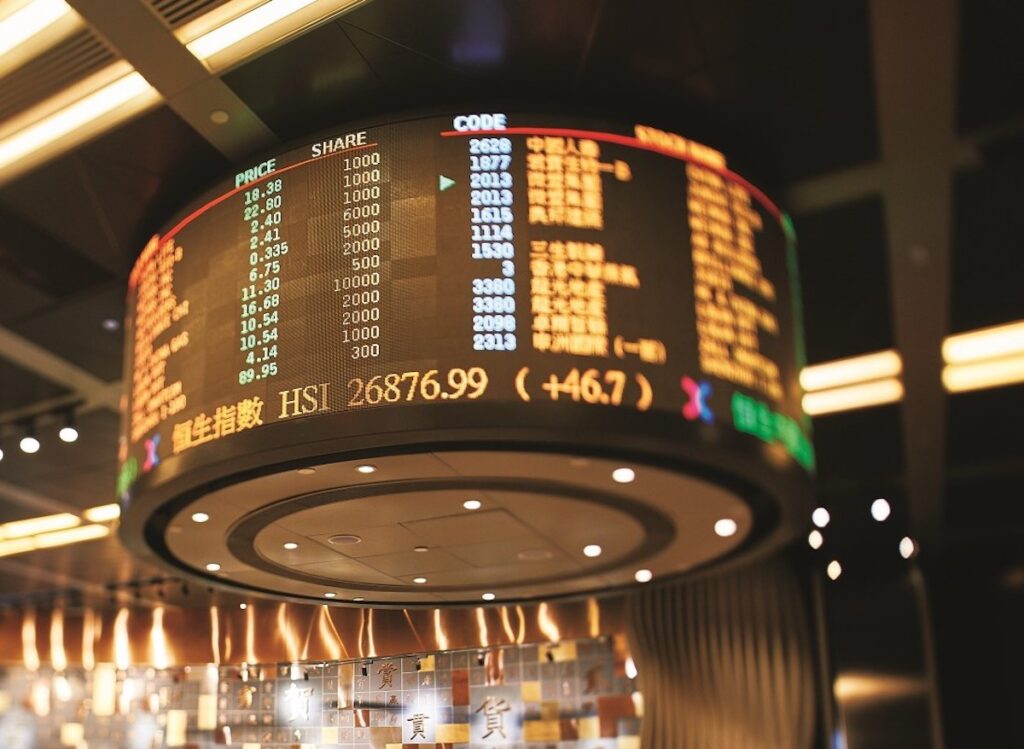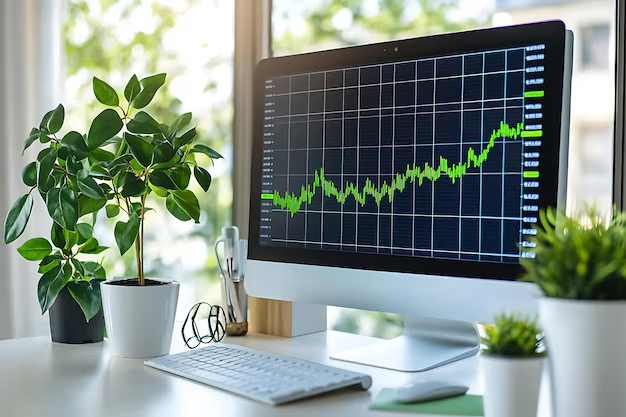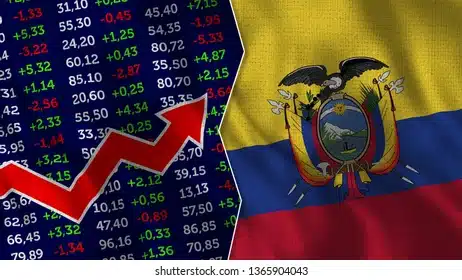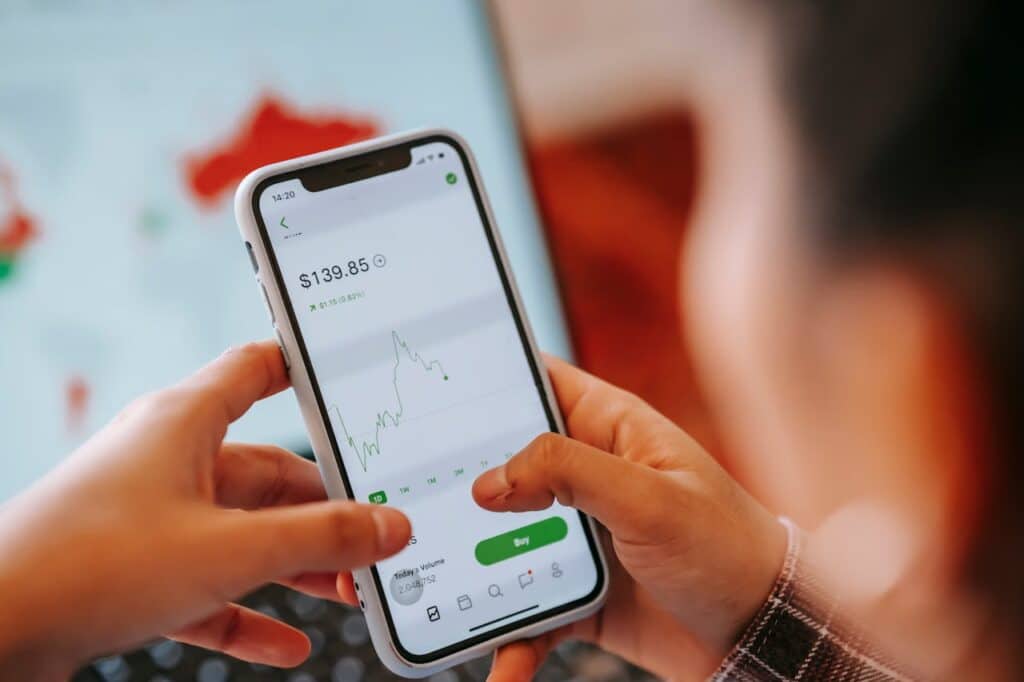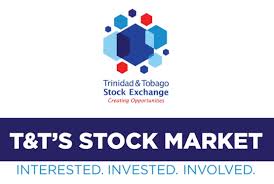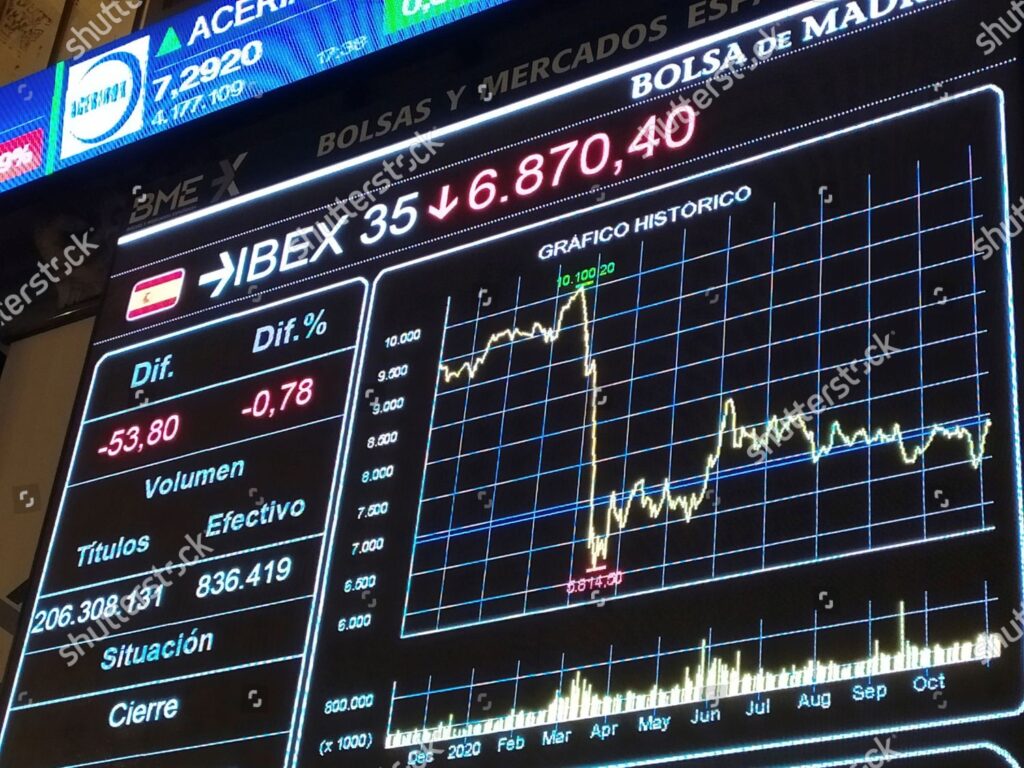Introduction to the Serbia Stock Market
As an investor, you’re always on the lookout for new and exciting opportunities to diversify your portfolio. In recent years, the Serbia Stock Market has emerged as a promising destination for those seeking to tap into the region’s economic growth and potential. This vibrant financial hub offers a unique blend of established companies and emerging players, making it an intriguing prospect for both seasoned and novice investors.
With its strategic location at the crossroads of Europe and the Balkan region, Serbia has become an attractive investment destination. The country’s stable political environment, pro-business policies, and skilled workforce have contributed to its economic resurgence. As you explore the Serbia Stock Market, you’ll discover a dynamic ecosystem with a rich history and promising future.
In this comprehensive guide, we’ll delve into the intricacies of investing in the Serbia Stock Market, from understanding the Belgrade Stock Exchange (BELEX) to navigating the various investment opportunities and strategies available. Buckle up and get ready to embark on an exciting journey through the heart of Serbia’s financial landscape.
Stock Market in Serbia + Europe
The Serbia Stock Market is an integral part of the broader European financial ecosystem, offering investors exposure to a diverse range of industries and companies. While the Serbian market may not be as large or liquid as some of its Western European counterparts, it presents unique opportunities for those seeking to capitalize on the region’s growth potential.
Serbia’s integration into the European Union (EU) has played a crucial role in shaping the country’s economic and financial landscape. As Serbia aligns its regulations and practices with EU standards, the stock market has become increasingly attractive to both domestic and international investors. This harmonization has fostered greater transparency, improved corporate governance, and enhanced investor protection, all of which contribute to a more robust and reliable investment environment.
Moreover, the Serbia Stock Market is closely linked to the broader European financial markets, allowing investors to diversify their portfolios across various sectors and regions. This interconnectedness provides access to a vast pool of investment opportunities, enabling you to capitalize on the strengths and potential of different economies within the European Union.
Top 3 list of major stocks in Serbia
NIS a.d. Novi Sad (NIS): NIS is a vertically integrated energy company and one of the largest corporations in Serbia. It operates in the exploration, production, refining, and distribution of oil and gas products, as well as petrochemical operations. NIS is majority-owned by Gazprom Neft, a subsidiary of the Russian energy giant Gazprom.
Komercijalna Banka a.d. Beograd (KMBN): Komercijalna Banka is one of the largest commercial banks in Serbia, offering a wide range of banking services to individuals and businesses. With a strong presence throughout the country, Komercijalna Banka is a prominent player in the Serbian financial sector.
Aerodrom Nikola Tesla a.d. Beograd (AERO): Aerodrom Nikola Tesla is the operator of the Belgrade Nikola Tesla Airport, the largest and busiest airport in Serbia. As the country’s primary international gateway, the company plays a crucial role in facilitating air travel and cargo transportation.
Understanding the Belgrade Stock Exchange (BELEX)
The Belgrade Stock Exchange (BELEX) is the primary stock exchange in Serbia and serves as the centerpiece of the country’s capital market. Established in 1894, BELEX has a rich history and has played a pivotal role in the development of Serbia’s financial sector.
BELEX operates two main markets: the Prime Listing and the Standard Listing. The Prime Listing is reserved for companies that meet stringent criteria, including high liquidity, transparency, and corporate governance standards. The Standard Listing, on the other hand, caters to smaller companies and those with lower liquidity levels.
In addition to equities, BELEX also facilitates the trading of various other financial instruments, such as bonds, investment funds, and derivatives. This diverse offering provides investors with a wide range of investment opportunities tailored to their risk appetites and investment objectives.
The growth and potential of the Serbian financial market
The Serbian financial market has undergone significant transformation in recent years, driven by economic reforms, privatization initiatives, and increased foreign investment. As the country continues to integrate with the European Union and align its regulations with international standards, the financial sector is poised for further growth and development.
One of the key drivers of this growth is the privatization of state-owned enterprises, which has opened up new investment opportunities across various sectors, including energy, telecommunications, and manufacturing. Additionally, the influx of foreign direct investment (FDI) has played a crucial role in catalyzing economic growth and fostering the development of the financial market.
Furthermore, the Serbian government has implemented various measures to enhance the attractiveness of the financial market, such as improving corporate governance practices, strengthening investor protection mechanisms, and promoting transparency. These efforts have contributed to increased investor confidence and have facilitated the entry of new market participants, including international institutional investors.
Top list of stock index in Serbia
BELEX15: The BELEX15 is the flagship index of the Belgrade Stock Exchange and serves as a benchmark for the Serbian equity market. It comprises the 15 most liquid and actively traded companies listed on BELEX, providing investors with a snapshot of the overall market performance.
BELEXline: The BELEXline is a broad market index that tracks the performance of all companies listed on the Belgrade Stock Exchange. It serves as a comprehensive indicator of the Serbian stock market’s overall health and direction.
BELEX Dividend Index: The BELEX Dividend Index is a specialized index that tracks the performance of companies listed on BELEX that consistently pay dividends. This index is particularly attractive to income-oriented investors seeking regular returns from their investments.
BELEX Sector Indices: BELEX also maintains sector-specific indices, such as the BELEX Industrials Index, BELEX Finance Index, and BELEX Energy Index. These indices allow investors to monitor and analyze the performance of specific industries within the Serbian market.
Investing in Serbia: Opportunities and challenges
Investing in the Serbia Stock Market presents a unique set of opportunities and challenges that investors should carefully consider. On the one hand, Serbia’s growing economy, strategic location, and integration with the European Union offer attractive prospects for capital appreciation and diversification.
The country’s favorable demographics, with a young and skilled workforce, coupled with its competitive labor costs, make it an appealing destination for businesses seeking to expand or establish operations in the region. Additionally, Serbia’s natural resources, including its rich agricultural potential and mineral reserves, provide investment opportunities across various sectors.
However, like any emerging market, investing in Serbia also carries inherent risks and challenges. Political and economic instability, regulatory uncertainties, and currency fluctuations are factors that investors must carefully evaluate. Furthermore, the Serbian market may exhibit lower liquidity levels compared to more established markets, potentially impacting trading activities and portfolio management strategies.
How to trade stocks in the Serbia Stock Market
Trading stocks in the Serbia Stock Market involves several steps and considerations. First and foremost, you’ll need to open a brokerage account with a licensed Serbian broker or an international broker that provides access to the Belgrade Stock Exchange (BELEX).
Once your account is set up, you can begin researching and analyzing the various investment opportunities available on the Serbian market. This may involve studying company financials, industry trends, and macroeconomic factors that could impact your investments.
When you’re ready to execute trades, you can place buy or sell orders through your broker’s trading platform. BELEX operates a continuous trading system, allowing investors to buy and sell securities throughout the trading day.
It’s important to note that trading on the Serbia Stock Market may involve additional fees and commissions, as well as potential currency conversion costs. Additionally, you should familiarize yourself with the local tax implications and regulations governing stock trading in Serbia.
An overview of the BELEX index
The BELEX index, also known as the Belgrade Stock Exchange Index or the BELEX15, is the flagship index of the Serbian stock market. It serves as a benchmark for the performance of the country’s equity market and is widely followed by investors, analysts, and market participants.
The BELEX index is a free-float market capitalization-weighted index, meaning that the weight of each constituent stock is determined by its market capitalization and the proportion of shares available for public trading (free float). This methodology ensures that the index accurately reflects the overall market sentiment and investor sentiment towards the Serbian equity market.
The index comprises the 15 most liquid and actively traded companies listed on the Belgrade Stock Exchange, representing various sectors such as energy, finance, telecommunications, and manufacturing. The composition of the BELEX index is reviewed and rebalanced periodically to ensure that it remains representative of the market’s dynamics.
Types of securities available in the Serbian capital market
The Serbian capital market offers a diverse range of securities to cater to the varying investment objectives and risk appetites of investors. Here are some of the key types of securities available:
Equities: Stocks or shares represent ownership in publicly traded companies listed on the Belgrade Stock Exchange (BELEX). Investors can participate in the growth and profitability of these companies by purchasing their shares.
Bonds: Serbian corporations, government entities, and municipalities issue bonds to raise capital for various purposes, such as financing projects or refinancing debt. Bonds provide investors with fixed-income opportunities and are often considered lower-risk investments compared to equities.
Investment Funds: The Serbian market offers a variety of investment funds, including mutual funds, exchange-traded funds (ETFs), and closed-end funds. These funds provide investors with diversified exposure to different asset classes, sectors, or investment strategies.
Derivatives: BELEX facilitates the trading of derivatives, such as futures and options contracts, allowing investors to hedge risks or speculate on the price movements of underlying assets.
Real Estate Investment Trusts (REITs): REITs are investment vehicles that own and operate income-generating real estate properties. They provide investors with exposure to the Serbian real estate market while offering potential tax advantages.
Structured Products: Structured products, such as structured notes or certificates, are complex financial instruments that combine different asset classes or investment strategies into a single product. These products are designed to meet specific investment objectives or risk profiles.
Strategies for investing in Serbia stocks and shares
Investing in the Serbia Stock Market requires a well-defined strategy tailored to your investment goals, risk tolerance, and market conditions. Here are some common strategies that investors can consider:
Value Investing: This strategy involves identifying and investing in undervalued companies with strong fundamentals, such as solid financials, competitive advantages, and attractive growth prospects. Value investors aim to buy stocks at a discount to their intrinsic value, with the expectation of realizing gains as the market recognizes their true worth.
Growth Investing: Growth investors focus on companies with high growth potential, often in emerging industries or sectors. These companies may reinvest a significant portion of their earnings into expansion, research, and development, with the aim of achieving above-average growth rates.
Income Investing: For investors seeking regular income streams, investing in dividend-paying stocks or bonds can be an attractive option. Companies with stable cash flows and consistent dividend policies can provide a reliable source of income, which can be reinvested or used for living expenses.
Sector Rotation: This strategy involves rotating investments among different sectors or industries based on their relative performance and economic cycles. By shifting assets into outperforming sectors and trimming exposure to underperforming ones, investors aim to capitalize on market trends and cycles.
Index Investing: Investors can gain broad exposure to the Serbian market by investing in index funds or exchange-traded funds (ETFs) that track major indices like the BELEX15 or BELEXline. This strategy offers diversification and potentially lower management fees compared to actively managed funds.
International Diversification: While investing in the Serbian market provides exposure to a specific region, investors may also consider diversifying their portfolios globally. This can be achieved by investing in international stocks, mutual funds, or ETFs that provide exposure to different markets and economies.
Key players in the Serbian equity market
The Serbian equity market is home to a diverse range of companies spanning various sectors, from energy and finance to telecommunications and manufacturing. Here are some of the key players that investors should be aware of:
NIS a.d. Novi Sad (NIS): As mentioned earlier, NIS is the largest vertically integrated energy company in Serbia and a major player in the oil and gas industry.
Komercijalna Banka a.d. Beograd (KMBN): One of the largest commercial banks in Serbia, Komercijalna Banka plays a significant role in the country’s financial sector.
Aerodrom Nikola Tesla a.d. Beograd (AERO): As the operator of the Belgrade Nikola Tesla Airport, Aerodrom Nikola Tesla is a crucial player in the transportation and logistics industry.
Telekom Srbija a.d. Beograd (TELS): Telekom Srbija is the leading telecommunications company in Serbia, providing a range of services including fixed-line, mobile, and internet services.
Sojaprotein a.d. Becej (SJPT): Sojaprotein is a prominent player in the food and agriculture industry, specializing in the production and processing of soybean-based products.
Energoprojekt Holding a.d. Beograd (ENHL): Energoprojekt Holding is a diversified company operating in various sectors, including construction, engineering, and real estate development.
Imlek a.d. Beograd (IMLK): Imlek is a leading dairy company in Serbia, producing and distributing a wide range of dairy products both domestically and internationally.
Investing in Serbia: Risks and considerations
While investing in the Serbia Stock Market presents exciting opportunities, it’s crucial to understand and mitigate the associated risks and considerations. Here are some key factors to keep in mind:
Political and Economic Stability: As an emerging market, Serbia may be susceptible to political and economic uncertainties that could impact the stock market’s performance. Investors should closely monitor developments in the country and the region to make informed decisions.
Currency Risks: Fluctuations in the Serbian dinar’s exchange rate against major currencies can affect the value of investments and returns for international investors. Hedging strategies or investing in foreign currency-denominated securities may help mitigate currency risks.
Liquidity Concerns: The Serbian market may exhibit lower liquidity levels compared to more developed markets, potentially making it challenging to buy or sell securities quickly without impacting prices significantly.
Regulatory and Legal Frameworks: While Serbia has made strides in aligning its regulations with international standards, investors should familiarize themselves with the country’s legal and regulatory frameworks governing investments, taxation, and investor protection.
Corporate Governance: Corporate governance practices in Serbia may differ from those in more established markets. Investors should carefully evaluate the governance structures and transparency levels of the companies they invest in.
Sector Concentration: The Serbian market may be heavily concentrated in certain sectors, such as energy or finance. Diversification across sectors and asset classes can help mitigate concentration risks.
Information Asymmetry: Access to accurate and timely information can be a challenge in emerging markets. Investors should rely on reputable sources and conduct thorough due diligence before making investment decisions.
By carefully considering these risks and implementing appropriate risk management strategies, investors can navigate the Serbia Stock Market with greater confidence and make informed investment decisions.
Resources for researching and analyzing the Serbia Stock Market
To make informed investment decisions in the Serbia Stock Market, it’s essential to have access to reliable and up-to-date information. Here are some useful resources for researching and analyzing the Serbian equity market:
Belgrade Stock Exchange (BELEX): The official website of the Belgrade Stock Exchange (www.belex.rs) provides a wealth of information, including real-time market data, company financials, trading statistics, and regulatory updates.
Financial Portals and News Outlets: Websites such as Bloomberg, Reuters, and local financial news outlets like Danas and Blic provide comprehensive coverage of the Serbian market, including news, analysis, and expert commentary.
Broker Research Reports: Many brokers and financial institutions offer research reports and analysis on Serbian companies and market trends. These reports can provide valuable insights and recommendations for investors.
Company Websites and Annual Reports: Publicly traded companies in Serbia are required to disclose financial information and publish annual reports. Investors can access these resources directly from the companies’ websites to gain insights into their operations, financials, and growth strategies.
Industry Associations and Regulatory Bodies: Organizations such as the Serbian Chamber of Commerce and Industry, the National Bank of Serbia, and the Securities Commission can provide valuable information on industry trends, regulatory changes, and macroeconomic data.
International Organizations: Reports and publications from organizations like the International Monetary Fund (IMF), the World Bank, and the European Union can offer insights into the broader economic and political landscape in Serbia and the region.
Investment Forums and Social Media: Online investment forums and social media platforms can be useful for exchanging ideas, insights, and strategies with other investors interested in the Serbian market. However, it’s important to verify the credibility of the information shared on these platforms.
By leveraging these resources and conducting thorough research, investors can gain a comprehensive understanding of the Serbia Stock Market and make well- informed investment decisions tailored to their goals and risk profiles.
Is investing in the Serbia Stock Market right for you?
The decision to invest in the Serbia Stock Market ultimately depends on your individual investment objectives, risk tolerance, and overall portfolio strategy. While the Serbian market presents exciting opportunities for growth and diversification, it’s crucial to carefully evaluate the potential rewards against the associated risks.
If you’re an investor seeking exposure to an emerging market with promising economic prospects and a strategic location at the crossroads of Europe, the Serbia Stock Market could be an attractive option. The country’s integration with the European Union, pro-business policies, and skilled workforce contribute to its appeal as an investment destination.
However, it’s important to recognize that investing in emerging markets like Serbia comes with inherent risks, such as political and economic instability, currency fluctuations, and liquidity concerns. Thorough research, diversification, and a long-term investment horizon are essential for navigating these challenges successfully.
Ultimately, the decision to invest in the Serbia Stock Market should align with your investment goals, risk appetite, and overall portfolio strategy. By carefully weighing the opportunities and risks, and seeking guidance from financial professionals if needed, you can make an informed decision about whether this dynamic market is the right fit for your investment journey.
If you’re ready to explore the exciting opportunities in the Serbia Stock Market, consider opening an account with a reputable online broker that provides access to the Belgrade Stock Exchange (BELEX). Many brokers offer research tools, educational resources, and trading platforms to help you navigate this emerging market with confidence. Don’t miss out on the potential for growth and diversification – start your journey towards investing in the Serbia Stock Market today!



